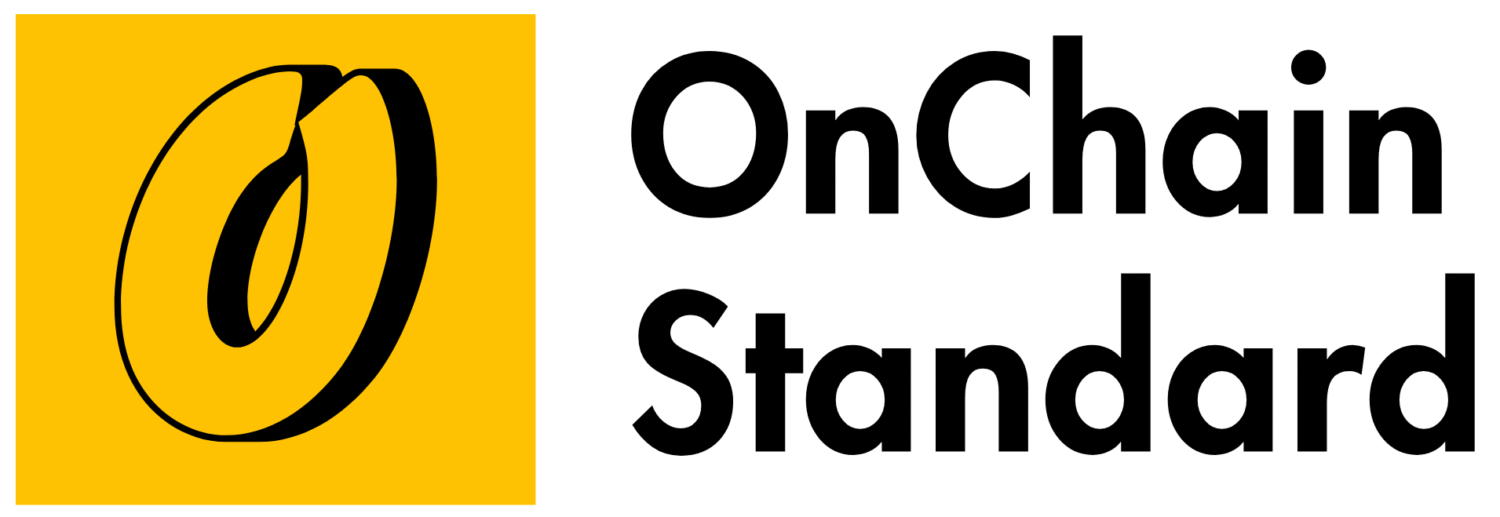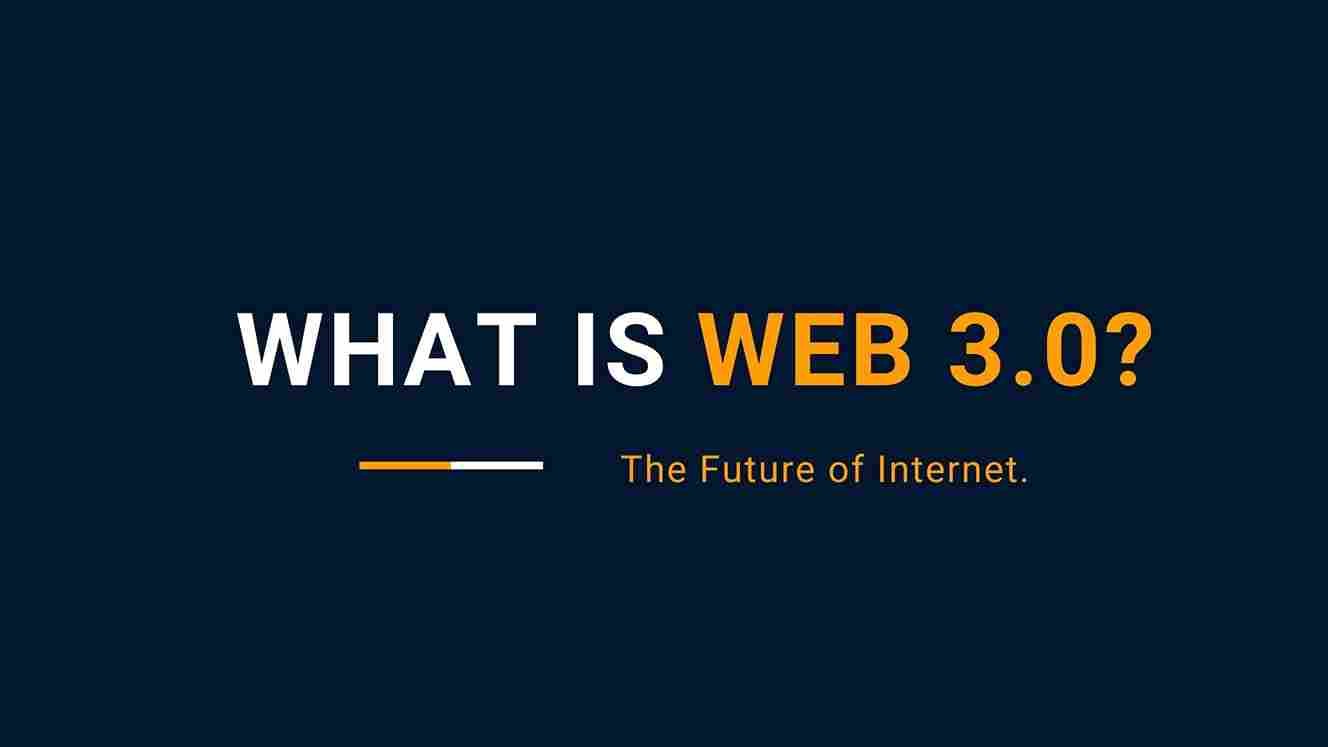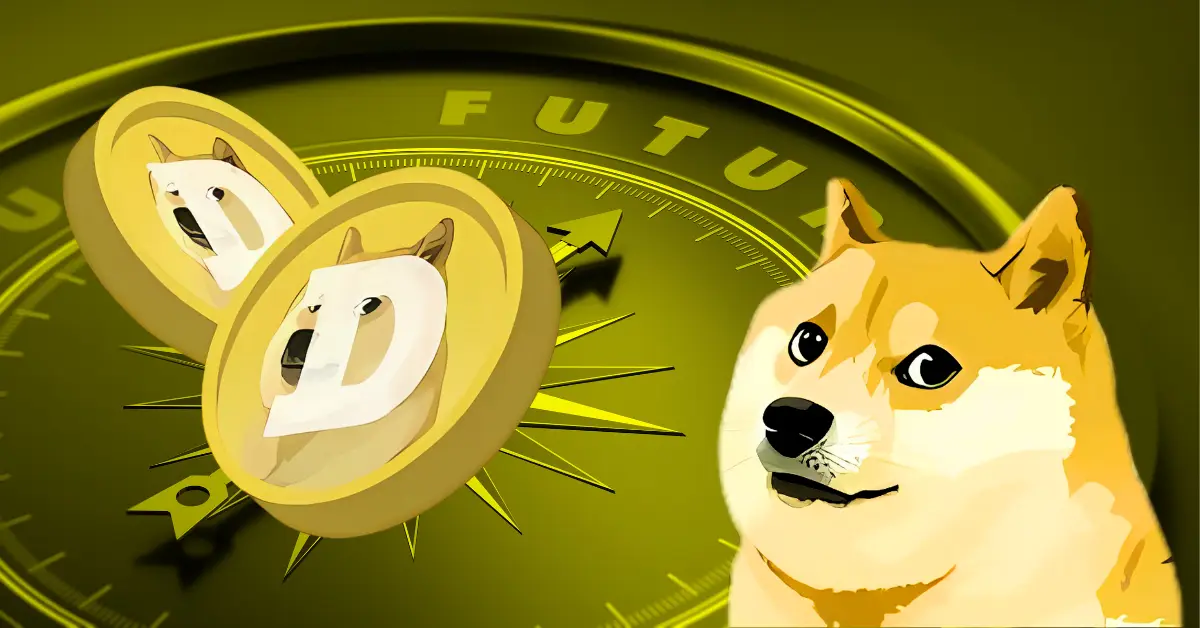What is Web3? Why is Web3 future of internet? Know all about it.
Web3 (or Web 3.0) represents the next evolution of the internet, promising a decentralized, user-centric digital ecosystem built on blockchain technology, cryptocurrencies, and token-based economics. Unlike Web2, where tech giants like Google and Meta dominate, Web3 aims to empower users with control over their data, identity, and assets. Coined by Ethereum co-founder Gavin Wood in 2014, Web3 has gained traction as a vision to address the centralization, privacy, and trust issues of today’s internet. This seminar-style article explores what Web3 is, how it works, why it’s considered the future of the internet, recent updates, and its challenges, with practical examples to illuminate its potential.
What is Web3?
Web3 is a decentralized internet framework that leverages blockchain technology, smart contracts, and tokenomics to shift power from centralized corporations to users. It’s often described as the “read-write-own” internet, contrasting with Web1’s “read-only” static pages and Web2’s “read-write” social media-driven model. Web3 envisions a peer-to-peer network where users own their data, interact directly without intermediaries, and participate in governance through decentralized autonomous organizations (DAOs).
Key Features of Web3
- Decentralization: Instead of relying on centralized servers owned by companies like Amazon or Google, Web3 applications (dApps) run on distributed blockchain networks, reducing single points of failure.
- Blockchain Technology: Public ledgers, like Ethereum or Solana, record transactions transparently and immutably, ensuring trust without middlemen.
- Token-Based Economics: Cryptocurrencies and non-fungible tokens (NFTs) enable ownership, incentivize participation, and power digital economies.
- User Ownership: Users control their data, identity, and digital assets via cryptographic wallets, unlike Web2 platforms that monetize user data.
- Interoperability: Web3 protocols aim for seamless data and asset exchange across platforms, unlike Web2’s “walled gardens” (e.g., Facebook’s closed ecosystem).
Web1 vs. Web2 vs. Web3: A Brief History
- Web1 (1990–2004): Launched by Tim Berners-Lee, Web1 was static, with users consuming content on basic websites. Think early Yahoo or AOL portals.
- Web2 (2004–present): The rise of social media (Facebook, YouTube) and mobile apps enabled user-generated content but centralized control. Companies monetize user data, raising privacy concerns.
- Web3 (emerging): Web3 redistributes control through blockchain, enabling users to own their digital presence and participate in platform governance.
Example: Web3 in Everyday Life
Imagine you’re a content creator on a Web2 platform like YouTube. You upload videos, but YouTube controls monetization, takes a cut, and can demonetize or delete your content. In a Web3 alternative like Audius, a decentralized music platform, you upload music directly to a blockchain, retain ownership, and earn tokens based on listener engagement, without a central authority dictating terms.
How Does Web3 Work?
Web3’s architecture relies on several core technologies that enable its decentralized vision:
- Blockchain
A blockchain is a distributed ledger that records transactions across a network of computers (nodes). Each block contains data, cryptographically linked to the previous one, ensuring transparency and security. Ethereum, for instance, powers most Web3 dApps, supporting smart contracts and tokenized assets.
- Smart Contracts
These are self-executing contracts with terms coded on a blockchain. They automate processes without intermediaries. For example, a smart contract on a DeFi platform like Aave can automatically lend your crypto and pay interest when conditions are met.
- Decentralized Applications (dApps)
dApps are Web3 applications running on blockchains. Unlike Web2 apps, they’re open-source, censorship-resistant, and controlled by users. Examples include:
- Uniswap: A decentralized exchange for trading cryptocurrencies without a central authority.
- Decentraland: A virtual metaverse where users own and govern digital land as NFTs.
- Digital Wallets
Wallets like MetaMask store private keys, allowing users to manage their crypto, NFTs, and identities. They serve as Web3’s “log-in” system, replacing usernames and passwords with wallet addresses.
- Decentralized Autonomous Organizations (DAOs)
DAOs are community-run entities governed by token holders who vote on decisions via smart contracts. For example, the Friends With Benefits DAO funds Web3 projects, with members collectively deciding allocations.
Example: Buying Digital Art
Suppose you want to buy a digital artwork. In Web2, you’d use a platform like Etsy, paying fees to the platform and trusting it to deliver the file. In Web3, you visit OpenSea, an NFT marketplace, connect your MetaMask wallet, and purchase the NFT directly from the artist. The blockchain records your ownership, and the artist receives payment instantly, minus minimal network fees.
Why is Web3 the Future of the Internet?
Web3’s proponents argue it addresses Web2’s flaws—centralization, data exploitation, and lack of user agency—while unlocking new possibilities. Here’s why Web3 is seen as the internet’s future:
- User Empowerment and Ownership
Web2 platforms harvest user data for profit, often without transparency. Web3 lets users own their data and decide how it’s shared. For instance, decentralized social networks like Lens Protocol allow users to control their content and monetize it directly.
- Enhanced Security and Privacy
Blockchain’s immutability and cryptography reduce risks of data breaches. Zero-knowledge proofs, a Web3 innovation, enable verification without exposing sensitive information. For example, a Web3 identity system could confirm your age for a website without revealing your birthdate.
- Financial Inclusion
Web3’s decentralized finance (DeFi) platforms provide banking services to the unbanked. With only a smartphone and internet, anyone can access loans, savings, or payments via protocols like Compound, bypassing traditional banks.
- Democratized Governance
DAOs enable collective decision-making, reducing reliance on corporate or government control. For example, MakerDAO governs the DAI stablecoin, with token holders voting on protocol changes.
- Interoperability and Innovation
Web3’s open protocols allow dApps to interact seamlessly, fostering innovation. Developers can build on existing platforms, like stacking “Lego blocks,” as seen in Ethereum’s ecosystem.
- Metaverse and Immersive Experiences
Web3 underpins the metaverse, a virtual world where users own assets and interact via VR/AR. Platforms like The Sandbox use NFTs for virtual land ownership, creating new economic opportunities.
Example: Gaming and Play-to-Earn
In Web2 games like Fortnite, players spend money on skins but don’t own them. In Web3 games like Axie Infinity, players earn NFTs and tokens for playing, which they can trade or sell. In 2021, Filipino players earned livelihoods through Axie, showcasing Web3’s economic potential.
Recent Updates on Web3 (2024–2025)
Web3 is rapidly evolving, with significant developments shaping its trajectory:
- Ethereum’s Layer 2 Scaling: In 2024, Ethereum’s rollups (e.g., Arbitrum, Optimism) reduced transaction costs, making dApps more accessible. This addresses scalability, a key Web3 challenge.
- Web3 Gaming Surge: Games like Illuvium and Star Atlas gained traction in 2024, with play-to-earn models attracting millions. The gaming market is projected to reach $10 billion by 2026.
- Corporate Adoption: Companies like Nike and Starbucks launched Web3 initiatives in 2024, with Nike’s .Swoosh NFT platform generating $1 billion in sales.
- Regulatory Progress: In 2025, the EU’s MiCA framework clarified crypto regulations, boosting Web3 adoption. However, U.S. regulatory uncertainty persists, per CoinDesk.
- AI and Web3 Integration: AI-driven dApps, like Fetch.ai, emerged in 2025, enhancing automation and personalization in DeFi and supply chains.
- Social Media Evolution: Platforms like Farcaster, a Web3 Twitter alternative, grew in 2024, emphasizing user-owned content and privacy.
These updates indicate Web3’s transition from theoretical vision to practical implementation, though challenges remain.
Challenges and Criticisms of Web3
Despite its promise, Web3 faces hurdles that could impede its adoption:
- Scalability: Blockchains like Ethereum struggle with high transaction fees and slow speeds during peak usage, though layer 2 solutions are improving.
- Energy Consumption: Proof-of-work blockchains (e.g., Bitcoin) consume significant energy, though Ethereum’s 2022 shift to proof-of-stake reduced its footprint by 99.9%.
- User Experience: Web3’s complexity (e.g., managing wallets, gas fees) deters mainstream adoption. Simplified interfaces are needed.
- Regulatory Uncertainty: Governments grapple with regulating decentralized systems, raising concerns about compliance and consumer protection.
- Centralization Risks: Critics like Jack Dorsey argue Web3 could shift power to venture capitalists or miners, not users.
- Privacy Paradox: While blockchains are transparent, this can compromise privacy unless advanced cryptography (e.g., zero-knowledge proofs) is widely adopted.
- Vaporware Skepticism: Some, like Cornell’s James Grimmelmann, call Web3 “vaporware,” arguing it overpromises solutions to Web2’s flaws.
Example: Regulatory Challenge
In 2024, the SEC sued Uniswap, alleging unregistered securities trading. This highlights how Web3’s decentralized nature clashes with existing financial regulations, potentially slowing innovation.
Why Web3 Matters: The Bigger Picture
Web3’s significance lies in its potential to reimagine the internet as a trustless, equitable, and innovative space. By removing intermediaries, it reduces costs and barriers, enabling new business models (e.g., creator economies, DeFi) and social structures (e.g., DAOs). However, its success depends on overcoming technical, regulatory, and cultural barriers.
Long-Term Vision
By 2030, Web3 could:
- Power a $1 trillion metaverse economy, per McKinsey.
- Enable 1 billion users to access DeFi, per Forbes.
- Transform industries like supply chain (e.g., IBM’s Food Trust) and healthcare (e.g., tokenized medical records).
Example: Supply Chain Transparency
A Web3 platform like VeChain tracks products (e.g., luxury goods) on a blockchain, ensuring authenticity. Consumers scan a QR code to verify a handbag’s origin, reducing counterfeiting and building trust.
Conclusion
Web3 is a transformative vision for the internet, shifting from centralized control to a decentralized, user-owned ecosystem powered by blockchain, smart contracts, and tokens. It promises data ownership, financial inclusion, and innovative applications like DeFi, NFTs, and the metaverse, positioning it as a potential future of the internet. Recent advancements, from Ethereum’s scaling to corporate adoption, show progress, but challenges like scalability, regulation, and user experience must be addressed. As Web3 evolves, it offers a chance to reclaim the internet’s original promise of freedom and empowerment, though its success hinges on balancing idealism with practicality.
For more on Web3, explore resources like Ethereum.org or MetaMask Learn. Stay curious, experiment with dApps, and join the conversation on platforms like X to shape the decentralized future.
Disclaimer: This article is for informational purposes only and not investment advice. Cryptocurrencies and Web3 technologies carry risks, including volatility and regulatory uncertainty. Always conduct your own research.




